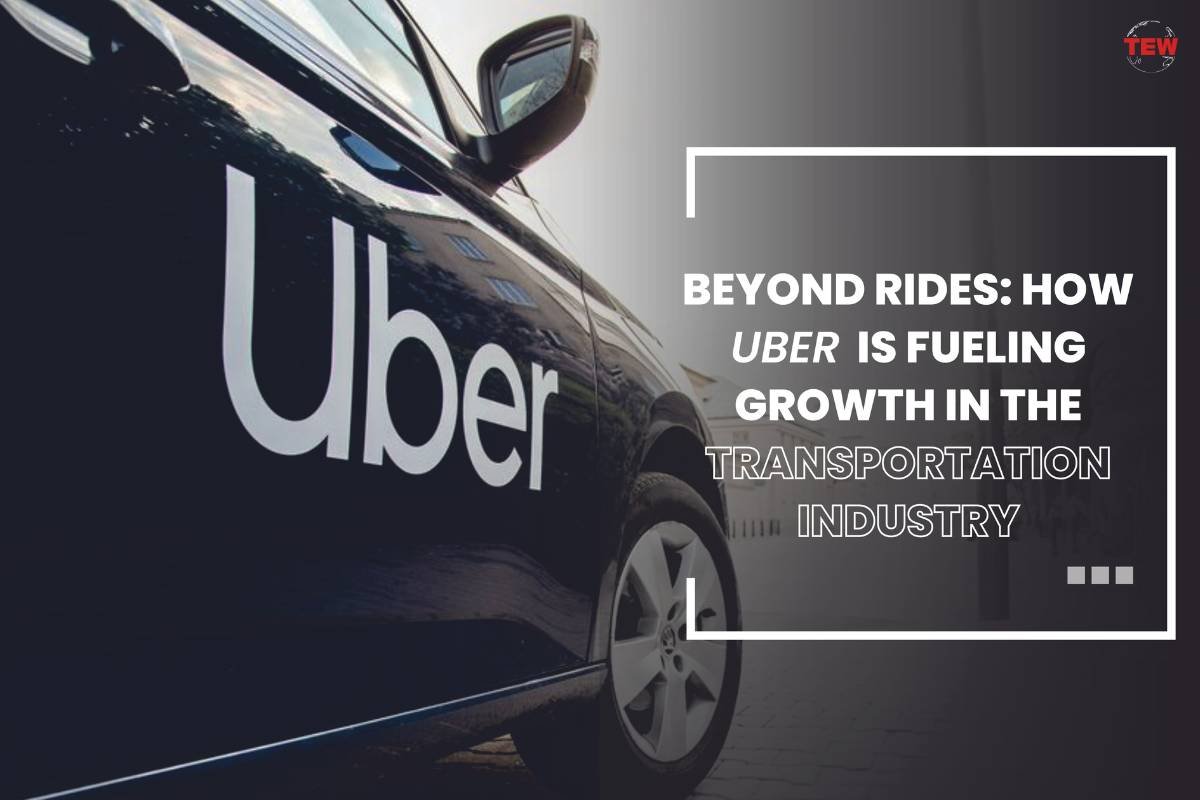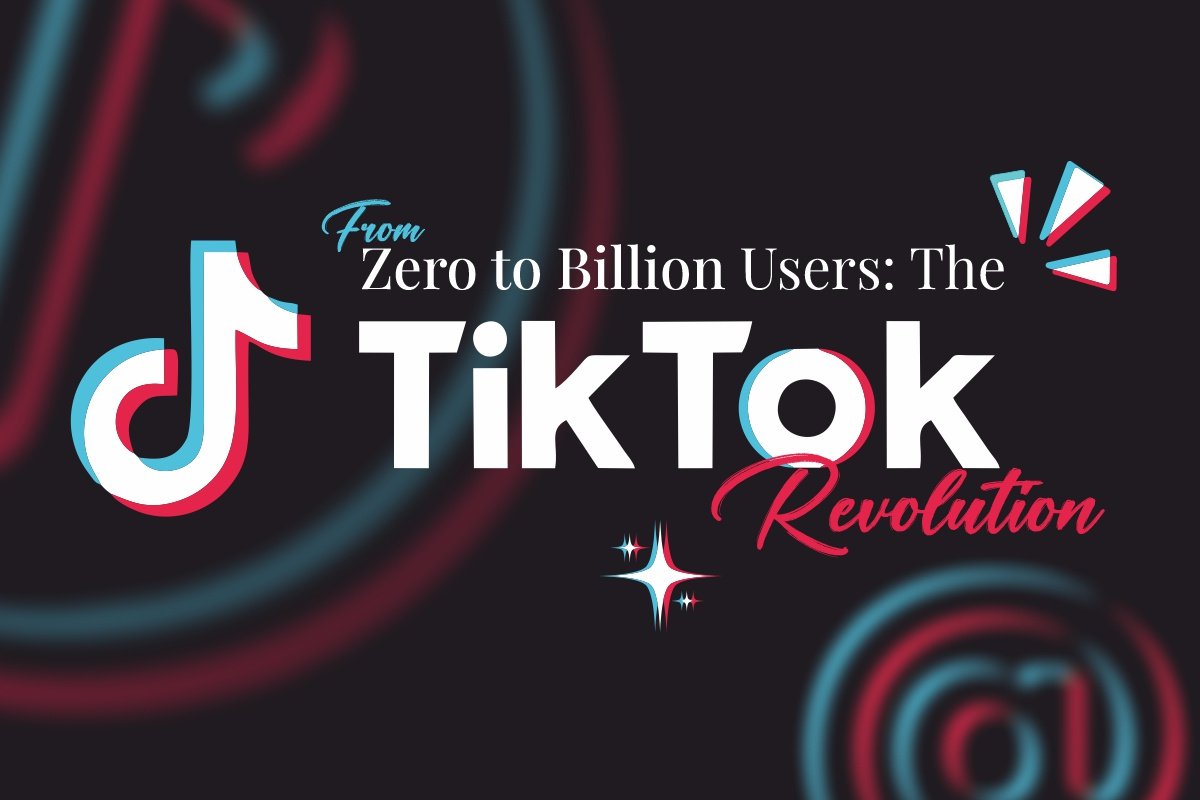Uber emerged as a transformative force in the field of global transportation that connects customers to drivers through innovative mobile platforms. “Ignite opportunity by setting the world in motion” is a mission of the organization and it operates in 900 cities worldwide. Moreover, it has represented a multifaceted business model by offering ride-hailing, food delivery, and freight logistics services. It leverages advanced technologies like GPS tracking and machine learning that can cope with redefined urban mobility. Despite any controversies and challenges, Uber’s commitment to excellence is never-ending and in this article, we are going to study how the company conquered mountains of success.
Historical Background of Uber:
Garrett Camp and Travis Kalanick founded Uber in 2009 from the frustration of not being able to hail a cab in San Francisco. Initially, the business model focused on the idea of sending a request to book a cab by using a mobile and connecting them with nearby drivers. By providing a more convenient and efficient way, this cab service disrupted the traditional transportation industry. It was named UberCab and later changed to Uber as it expanded its services beyond taxis including UberX, UberPools, and UberEats. This expansion marked the beginning of the company from a simple ride-hailing service to a global tech giant revolutionizing transportation and logistics.
Key Components of Business Model
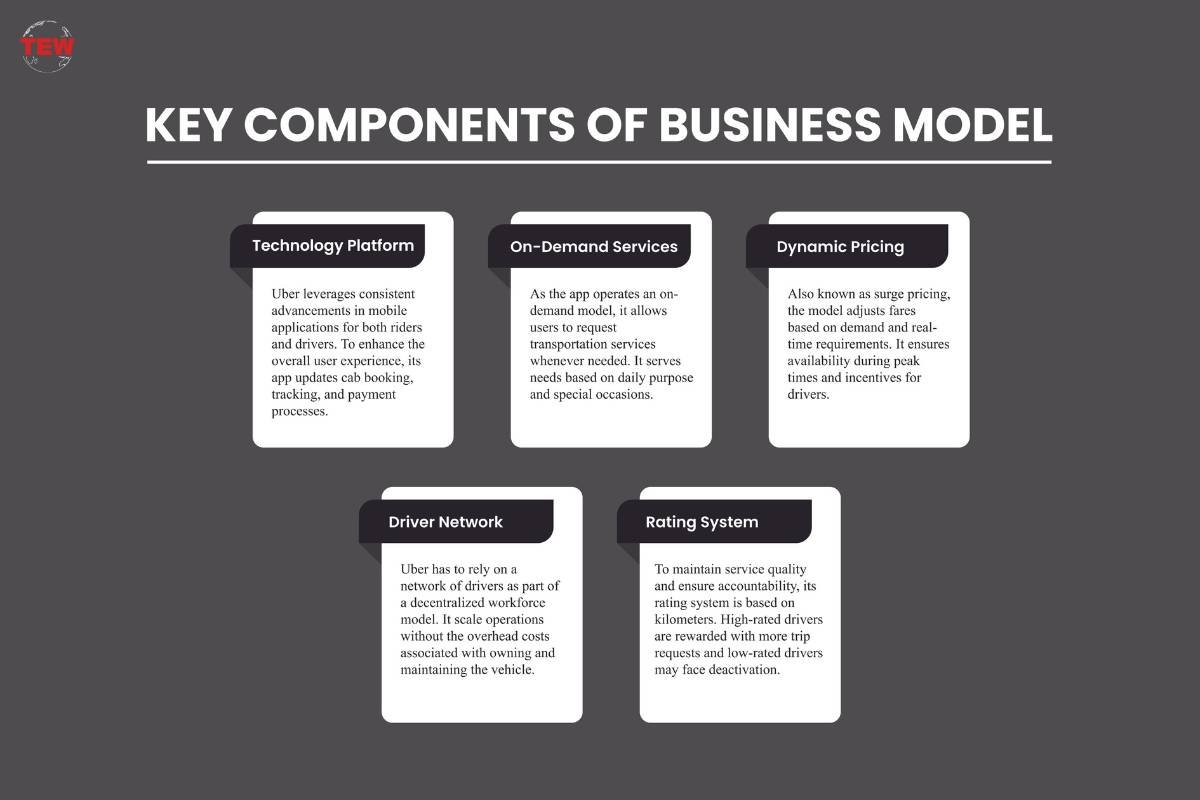
| Technology Platform | Uber leverages consistent advancements in mobile applications for both riders and drivers. To enhance the overall user experience, its app updates cab booking, tracking, and payment processes. |
| On-Demand Services | As the app operates an on-demand model, it allows users to request transportation services whenever needed. It serves needs based on daily purpose and special occasions. |
| Dynamic Pricing | Also known as surge pricing, the model adjusts fares based on demand and real-time requirements. It ensures availability during peak times and incentives for drivers. |
| Driver Network | Uber has to rely on a network of drivers as part of a decentralized workforce model. It scale operations without the overhead costs associated with owning and maintaining the vehicle. |
| Rating System | To maintain service quality and ensure accountability, its rating system is based on kilometers. High-rated drivers are rewarded with more trip requests and low-rated drivers may face deactivation. |
Revenue Streams:
In terms of its success, many factors contributed to it. Robust technology is at the center of it due to which user experience regarding booking and canceling the cab has improved in addition to the payment process. To generate revenue, it charges riders the ride-hailing fees for each trip with a commission from drivers’ fares as a service fee. Uber Pass and Uber Rewards are part of its subscription services that offer additional revenue streams with benefits regarding discounted fares and free delivery for Uber Eats for monthly and yearly fees. Additionally, it monetizes its platform through advertising partnerships with businesses and brands, along with revenue from ventures such as Uber Freight and Uber Health.
Economic Contribution:
In terms of job creation, Uber is providing jobs to unskilled gig workers in urban areas without any social security. By offering adjustable employment opportunities as independent contractors, Uber encourages countless individuals to earn income on their own. Through this, the app is immensely contributing to workforce participation and the global economy. Due to the growth in transportation, there is a rise in mobility, tourism activities, and local businesses. Furthermore, the app has reshaped transportation patterns by redefining ways of how people move within cities. Due to convenient and on-demand cab services, people are diverted from buying and owning cars due to less congestion and lower air pollution with increased public transit options.
Challenges and controversies
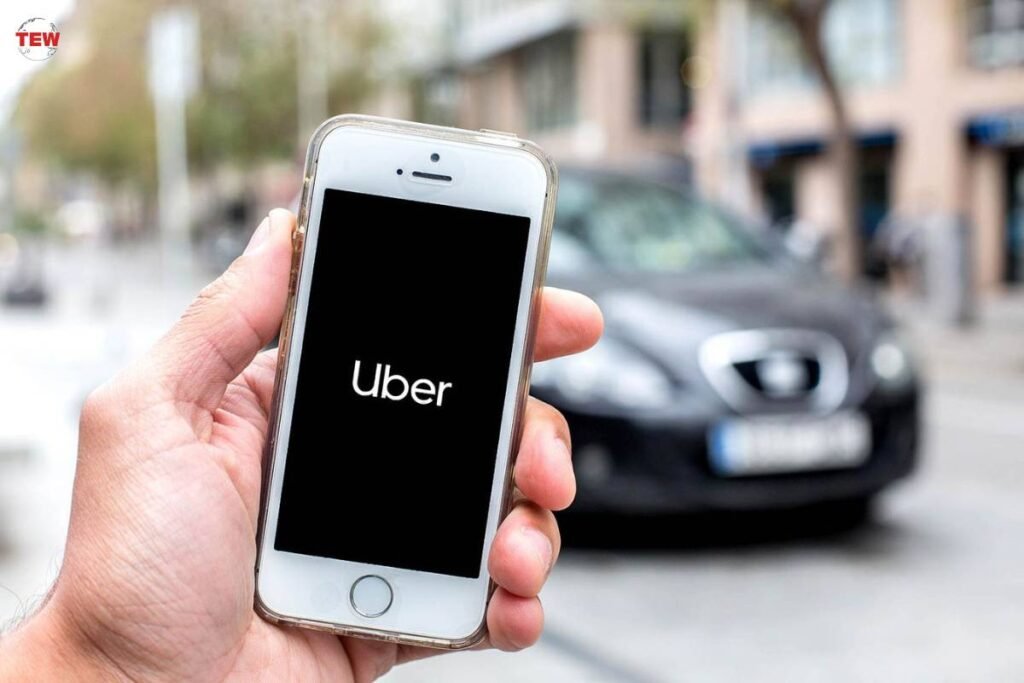
Uber’s gig economy model has also raised concerns about job security, fair wages, and labor rights, prompting ongoing debates about the balance between flexibility and protection for workers.
| Here are a few other challenges : 1. Regulatory battles and legal disputes with local governments and transportation authorities worldwide 2. Concerns about compliance with taxi regulations, driver classification, and safety standard 3. Intense competition from traditional taxi services led to protests and legal challenges 4. Competition from other ride-sharing companies such as Lyft, Grab, and Ola 5. Price wars, driver incentives, and efforts to differentiate services amidst a competitive landscape 6. Navigating complex regulatory environments and addressing public safety concerns to maintain market position |
Branding and Marketing Strategies:
In response to the crisis and challenging situations, Uber has implemented various marketing and branding strategies to uphold customer trust and brand reputation. It emphasized transparency and accountability by apologizing and correcting actions through social media campaigns. Its digital marketing team leveraged exposure to social media and provided real-time updates on service improvements.
Investing in proactive marketing and branding initiatives, Uber has highlighted its commitment to sustainability, innovation, safety, etc. The app ensures vehicle safety standards along with participating in environmental initiatives. Furthermore, it has collaborated with reputable organizations and influencers to amplify positive messaging and rebuild stakeholder trust. These efforts reflect its proactive approach to managing crises and reinforcing its brand image amidst challenging situations.
Future Outlook of the Transportation Industry:
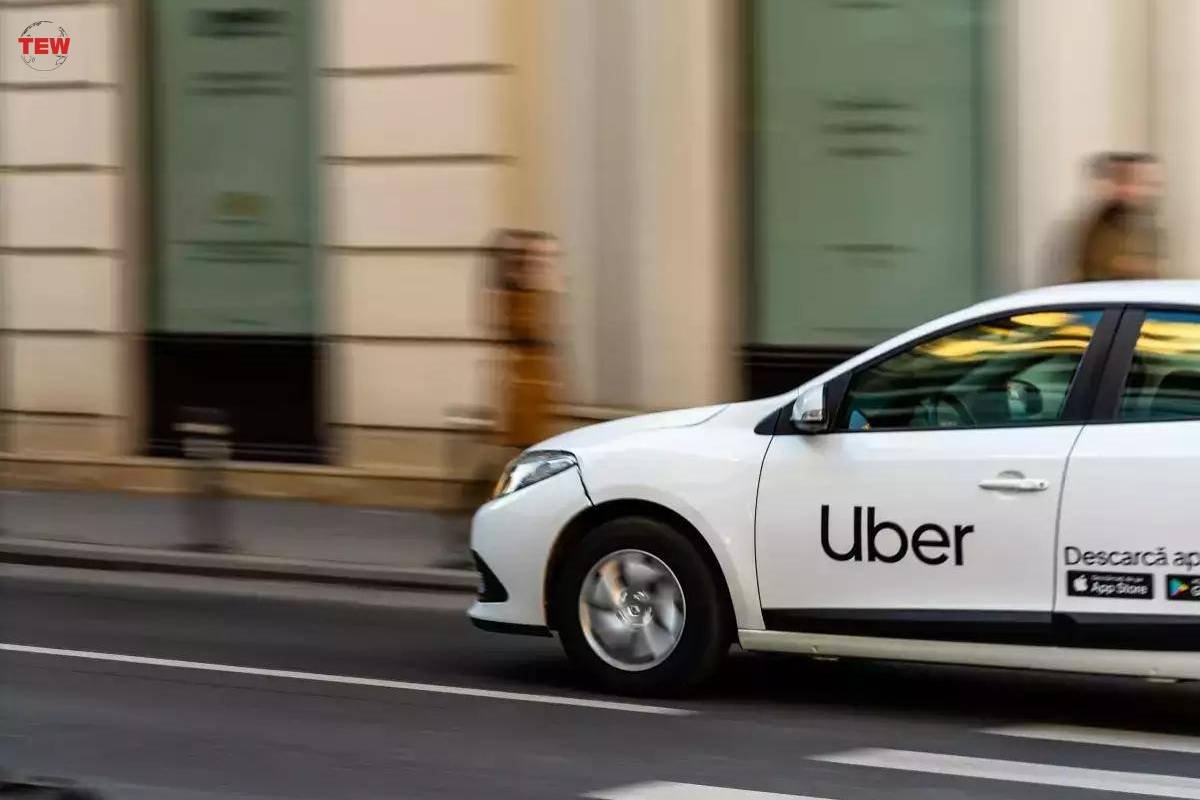
- Autonomous Vehicles: Investment in self-driving car technology could significantly alter the game. Driverless cars could reduce costs and further improve efficiency.
- Urban Mobility Solutions: By integrating various transportation options (bikes, scooters, public transit) into their app, Uber can become a one-stop shop for urban mobility.
- Logistics Powerhouse: The expansion of Uber Freight’s reach and services has the potential to disrupt the traditional logistics industry, offering more efficient and data-driven freight movement.
Key Takeaways:
| Customer Focus | Prioritizing convenience and a seamless user experience has been a cornerstone of success. This customer-centric approach is valuable for any business in the transportation sector. |
| Data-Driven Decisions | Leverages data extensively to optimize operations and pricing. This data-driven approach can inform better decision-making across the transportation industry. |
| Innovation is Key | Constant innovation, from its initial app to exploring self-driving cars, highlights the importance of embracing new technologies in a rapidly evolving market. |
| Global Presence | Global presence and brand recognition provide opportunities for further expansion into untapped markets and service offerings, driving continued growth and market penetration. |
By capitalizing on these opportunities and staying at the forefront of innovation, Uber has the potential to reshape the future of transportation. The company’s journey also offers valuable lessons for anyone in the industry seeking to grow and adapt.
Conclusion:
In summary, the case study highlights its groundbreaking journey in transforming urban mobility. From its inception as a ride-hailing startup to its global tech dominance, Uber has revolutionized transportation. Despite challenges like regulatory hurdles and competition, its resilience, and innovation continue to shape the industry. As it charts its future path, its impact remains profound, reshaping how we navigate cities and defining the future of transportation.

